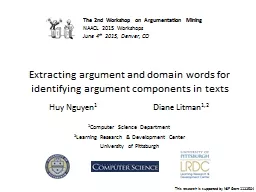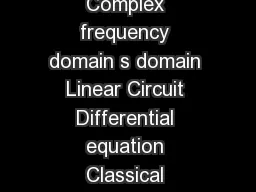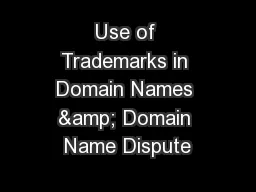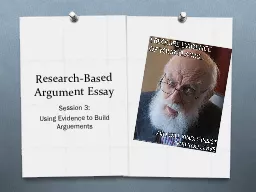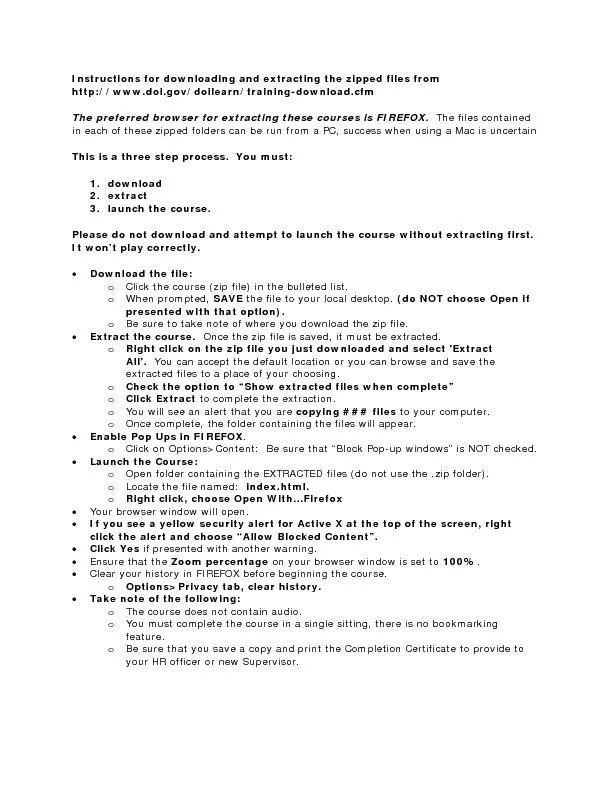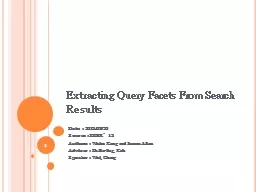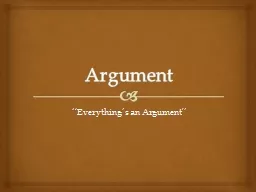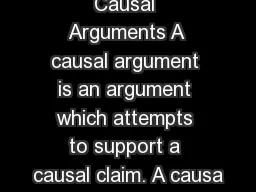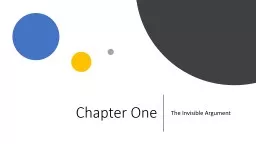PPT-Extracting argument and domain words for identifying
Author : phoebe-click | Published Date : 2017-06-19
argument components in texts Huy Nguyen 1 Diane Litman 12 1 Computer Science Department 2 Learning Research amp Development Center University of Pittsburgh The
Presentation Embed Code
Download Presentation
Download Presentation The PPT/PDF document "Extracting argument and domain words for..." is the property of its rightful owner. Permission is granted to download and print the materials on this website for personal, non-commercial use only, and to display it on your personal computer provided you do not modify the materials and that you retain all copyright notices contained in the materials. By downloading content from our website, you accept the terms of this agreement.
Extracting argument and domain words for identifying: Transcript
Download Rules Of Document
"Extracting argument and domain words for identifying"The content belongs to its owner. You may download and print it for personal use, without modification, and keep all copyright notices. By downloading, you agree to these terms.
Related Documents

